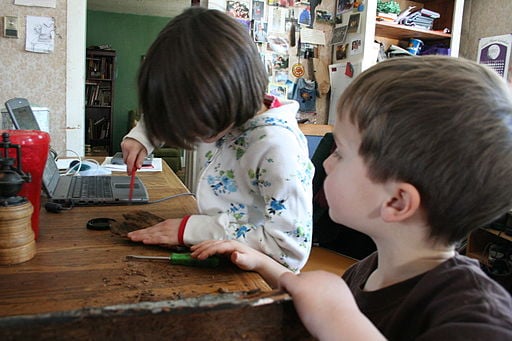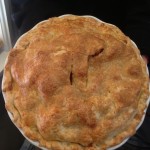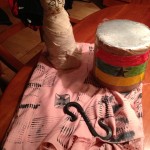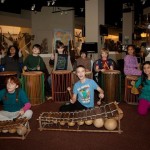
“What about this?” I asked the boys today as we went through their toys.
“Junk,” they answered in unison.
“And this?”
“Definitely junk!”
When we were done, we had an entire bag of toys now deemed junk. Reflecting on it at dinner tonight, I asked, “Do you know what almost all of that junk has in common?”
They were stumped, but Jeff, who hadn’t been around for the purge-fest, jumped in. “They were all from Happy Meals, weren’t they?”
They weren’t all from Happy Meals, but many of them were. And for the first time, I think the boys really understood what we’ve been telling them for years about the value of these “toys.” (Our policy had been Happy Meals only on birthdays and when out with others, like grandparents and godmothers. Even with that limited exposure, we were overrun with them.) The boys hadn’t played with any of them in months or years, and decided that the wasted plastic and other resources used to make them would merit the toys a -3 in Endango, one of their favorite games about the environment.
In all, I spent five hours going through one of the three rooms where there are toys, books, games, and puzzles strewn about. Bags and bags and bags later, I am determined to not let this happen again.
 I’m reading Simplicity Parenting, by Kim John Payne, and it has given me the swift kick in the butt I’ve long been in need of. His premise is that we are raising stressed out, un-peaceful, anxious kids with behavior problems because we give them too much stuff, too many choices, too much information and too little time. Never mind that other books I have reviewed say that it is due to lack of exercise or lack of sleep or lack of an essential skill or two. Payne adds to the discussion that many of problems are a result of too much. He writes beautifully of what childhood might look like without “too much.” And he writes practically about how to move from too much to simplicity in four areas: environment, rhythms, schedules, and information.
I’m reading Simplicity Parenting, by Kim John Payne, and it has given me the swift kick in the butt I’ve long been in need of. His premise is that we are raising stressed out, un-peaceful, anxious kids with behavior problems because we give them too much stuff, too many choices, too much information and too little time. Never mind that other books I have reviewed say that it is due to lack of exercise or lack of sleep or lack of an essential skill or two. Payne adds to the discussion that many of problems are a result of too much. He writes beautifully of what childhood might look like without “too much.” And he writes practically about how to move from too much to simplicity in four areas: environment, rhythms, schedules, and information.
I just finished his chapter about how to simplify the environment in your home. He suggests limiting the number of toys, books, and clothes in your home using discard criteria. I’ll write later this week about books and clothes. For today, let me share Payne’s list of toys to toss. Get rid of a toy, he writes, if it is:
- Broken.
- Developmentally inappropriate.
- Conceptually “fixed.” (Think of Obi Wan. He can’t be anyone else.)
- Prone to do too much or break too easily. (The lunar space module that was loud and exciting for three weeks.)
- Highly stimulating.
- Offensive or annoying.
- Claiming to give your kid a developmental advantage.
- Something you were pressured to buy.
- Inspires corrosive play.
- Is a multiple.
That didn’t leave us with much. We now have Bay Blades and Ba-ku-gon; games; costume supplies for pretend play, building stuff (Legos, Lincoln Logs, Moon Sand, etc), many beloved stuffed animals, instruments, puzzles, art supplies, and lots of sporting equipment. Not bad considering that Payne suggests keeping those things that encourage: touch, imaginative play, social interactions, purpose and industry, meaningful experiences, and playing outdoors and in nature.
Of course my pastor encouraged our congregation to dump our “junk” years ago. He said we would have more room for the Holy Spirit if we did. From his way of thinking, stuff crowds out God. Need more God? Get rid of some stuff. Well, if there is one thing we can always use more of around here, it’s God’s Spirit.
And you? Is your stuff making your crazy? Is it crowding out God? Are you ready to purge?











